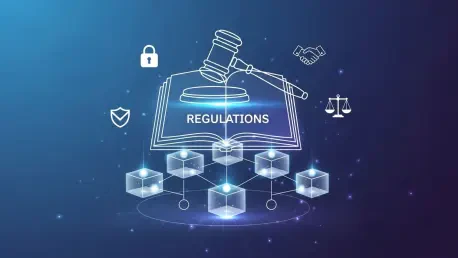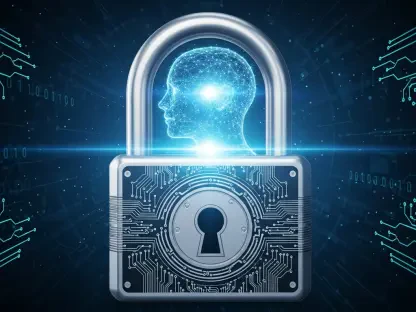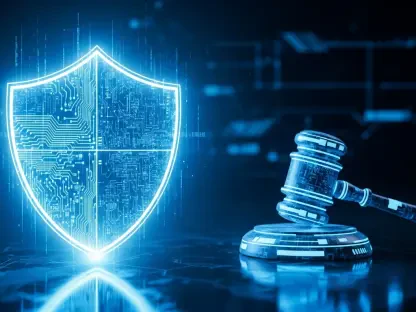I’m thrilled to sit down with Desiree Sainthrope, a legal expert with a deep background in drafting trade agreements and a recognized authority on global compliance. With her extensive knowledge of intellectual property and emerging technologies like AI, Desiree is uniquely positioned to shed light on the complex intersection of law, digital privacy, and blockchain innovation. Today, we’ll dive into the high-profile legal battle surrounding Pavel Durov, CEO of Telegram, exploring its implications for encrypted messaging, regulatory landscapes, and the future of blockchain investments. Our conversation will touch on the tensions between national security and user privacy, the global regulatory push on decentralized tech, and the risks and opportunities for investors navigating this evolving space.
How did Pavel Durov’s arrest in France come about, and what does it reveal about the challenges facing encrypted platforms like Telegram?
I’m glad to break this down. Pavel Durov’s arrest in August 2024 stemmed from French authorities’ concerns over Telegram’s role in facilitating illicit activities. He faces 12 serious charges, including complicity in money laundering and enabling crimes like drug trafficking and cyberbullying. The core issue is Telegram’s minimal content moderation, which critics argue creates a haven for illegal behavior. Durov, however, maintains that the platform complies with EU laws like the Digital Services Act. This situation highlights a fundamental clash: encrypted platforms are built on the promise of privacy, but that very feature makes them targets for regulators who prioritize security and accountability over individual freedoms.
What broader tensions between national security and digital privacy do you see reflected in Durov’s legal battle?
This case is a microcosm of a global struggle. On one side, governments argue that encryption can shield harmful activities, posing risks to public safety. On the other, privacy advocates stress that undermining encryption erodes a basic right and could lead to mass surveillance. For users of platforms like Telegram, the stakes are high—their data could be exposed if regulators force backdoors or scanning mechanisms. I believe this could indeed be a test case for how governments approach decentralized technologies. If Durov’s case sets a precedent for cracking down on encryption, we might see a chilling effect on innovation in this space.
How have free speech advocates and digital rights groups responded to this situation?
The reaction has been swift and vocal. These groups see Durov’s arrest as a dangerous overreach, arguing that targeting encryption is a direct attack on free expression. They’re particularly concerned that governments might use societal harms as a pretext to justify invasive policies, ultimately undermining user trust in digital platforms. Their pushback could influence public opinion and even legal outcomes by framing this as a human rights issue rather than just a regulatory one. It’s a powerful narrative that might pressure authorities to tread carefully.
Can you walk us through how governments worldwide are currently approaching the regulation of encrypted platforms?
There’s a stark contrast in approaches. In the EU, for instance, the proposed “Chat Control” bill, supported by a majority of member states, aims to mandate message scanning on platforms like Telegram and WhatsApp to combat child sexual abuse material. While the intent is noble, it risks compromising encryption. On the other hand, Russia’s strategy is more authoritarian, pushing state-controlled apps like Max to ensure direct oversight. These divergent philosophies create a fragmented landscape where platforms must navigate a maze of rules, often at the expense of their core privacy features.
What impact has Durov’s arrest had on the TON blockchain and its associated cryptocurrency, Toncoin?
The market reaction was immediate and severe. Toncoin’s price dropped 20% right after the arrest, reflecting investor uncertainty. The Total Value Locked on the TON blockchain also fell by 54% from its peak earlier in 2024, and decentralized exchange activity plummeted 66%. These numbers show how closely tied TON remains to Telegram and Durov’s personal influence, despite efforts to operate independently. Investors are clearly spooked by the potential for regulatory fallout to hinder the network’s growth or adoption.
Do you think the legal uncertainty surrounding Durov could pose a long-term threat to TON and similar blockchain initiatives?
It’s a real concern. TON’s historical connection to Telegram and Durov’s vision means that any negative developments in his case could cast a shadow over the project’s credibility. Beyond TON, this situation might deter developers and investors from engaging with blockchain projects tied to privacy-focused platforms, fearing similar scrutiny. The broader message is that regulatory risk is now a core factor in assessing the viability of decentralized tech, and projects without clear compliance strategies could struggle to gain traction.
What are the key regulatory risks that investors should be aware of when considering encrypted messaging and blockchain sectors?
There are two major risks to watch. First, content moderation pressures could force platforms to adopt invasive technologies that undermine encryption, alienating users and altering business models. Second, geopolitical fragmentation means platforms face wildly different rules depending on the region—think EU’s Chat Control versus Russia’s state-controlled systems. This inconsistency can create operational nightmares and increase compliance costs. Investors need to weigh these uncertainties against the potential for high growth in these sectors.
Despite these challenges, do you see any opportunities for investors in this space?
Absolutely, there’s a silver lining. Blockchain projects that prioritize compliance without sacrificing decentralization could carve out a strong niche, especially in stricter markets. For example, the U.S. Genius Act, which provides a federal framework for stablecoins, shows how clear rules can encourage innovation. Similarly, state-level initiatives like Texas’s Strategic Reserve and Wyoming’s stablecoin efforts signal crypto-friendly environments. Investors who focus on jurisdictions with balanced policies or back projects with transparent governance might find rewarding opportunities amidst the turbulence.
Looking ahead, what is your forecast for the future of encrypted messaging and blockchain technology in light of these regulatory shifts?
I think we’re at a turning point. The trajectory of encrypted messaging and blockchain will hinge on how regulators balance innovation with oversight. If cases like Durov’s lead to overly restrictive policies, we could see a slowdown in user adoption and developer interest. However, if governments and industry can collaborate on frameworks that protect privacy while addressing legitimate concerns, these technologies could flourish. My hope is for a middle ground, but I anticipate a bumpy road ahead with more legal battles shaping the landscape over the next few years.









